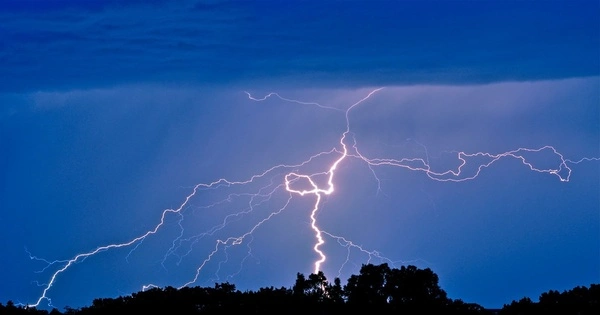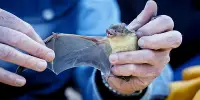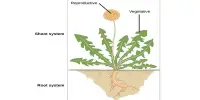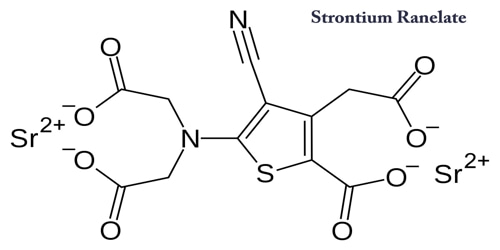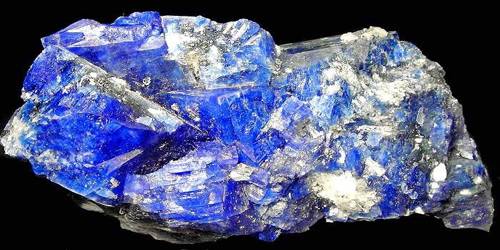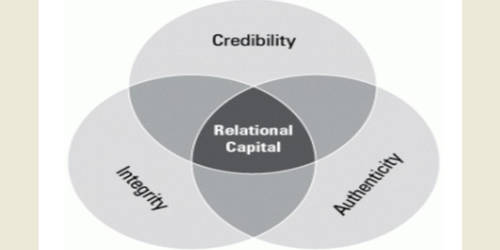A multi-year study in the Panama Canal’s tropical forests discovered that the species most frequently damaged by lightning were also the most capable of surviving it. Sheltering under a tall tree during a thunderstorm is not a good idea, because lightning frequently strikes the tallest thing nearby. However, we may not give much thought to the fate of the trees themselves, at least not as much as a group of scientists whose research on the effects of lightning on tropical forests was recently published in Nature Plants.
Combining the expertise of lightning scientists and tropical field biologists – including Steve Yanoviak, a research associate at the Smithsonian Tropical Research Institute from the University of Louisville, Jeannine Richards, a former postdoctoral fellow in his lab, and Evan Gora, a Smithsonian Tupper Fellow and former student in the Yanoviak lab – the study looked into the effects of lightning strikes on the Panama Canal forests of the Barro Colorado Nature Monument for several years.
One of nature’s most powerful forces is lightning. Lightning can be extremely dangerous to people, property, and trees. Each lightning strike can be more than five miles long, with temperatures exceeding 50,000 degrees Fahrenheit and an electrical charge of 100 million volts. At any given time, there are 1,800 thunderstorms raging somewhere on the planet. In the United States, lightning detection systems detect an average of 25 million lightning strikes per year.
The findings of this study are particularly intriguing because they suggest that changes in lightning strike frequency can influence the composition of tropical forests over time.
Steve Yanoviak
Trees are particularly vulnerable in the landscape because they are frequently the tallest objects. Tall trees are particularly vulnerable, particularly those growing alone in open areas such as hills, pastures, or near water. Many of these trees line the streets in our neighborhood and surround our homes, schools, and businesses.
Yanoviak and his colleagues estimate that lightning strikes tropical forests millions of times per year, and because lightning frequency is expected to increase in the future due to climate change, they wanted to know how lightning susceptibility varies across tree species.
In some ways, tropical forests’ remarkable biodiversity makes them more resilient in the face of hazards. Biodiverse tropical forests rely on the contributions of every organism in the ecosystem to thrive, just as successful teamwork depends on recognizing the strengths and weaknesses of team members. The researchers discovered that some species fared quite well after a lightning strike, particularly those most likely to be struck, while others fared poorly. Palms, in particular, were the most vulnerable.
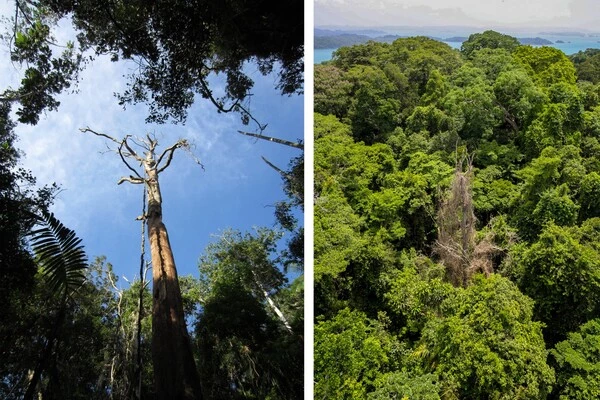
“The tree species most frequently damaged by lightning tended to be the same species most capable of surviving lightning strikes,” Gora said. “This suggests that lightning is an important selective force with implications for the ecology and evolution of tropical forests.”
Not surprisingly, the most lightning-resistant tree species had a few things in common. Their wood was denser, they had larger vessels for transporting water, and their leaves were richer in nitrogen.
“Trees with denser wood tend to live longer and store more carbon, so finding this trait correlated with lightning tolerance implies an interesting compensatory mechanism where greater lightning frequency could actually favor species that are better at storing carbon,” said Richards.
In other words, tree species with a greater capacity for removing carbon dioxide from the atmosphere also seem to be better equipped at surviving lightning, which is a valuable trait to have in the face of increasing greenhouse gas emissions and climate change.
“The findings of this study are particularly intriguing because they suggest that changes in lightning strike frequency can influence the composition of tropical forests over time,” said Yanoviak.
Lightning damage in trees is much more effectively avoided than repaired, and it is frequently less expensive. Qualified arborists can advise on the installation of lightning protection systems or the best course of action if a tree has been struck by lightning.
